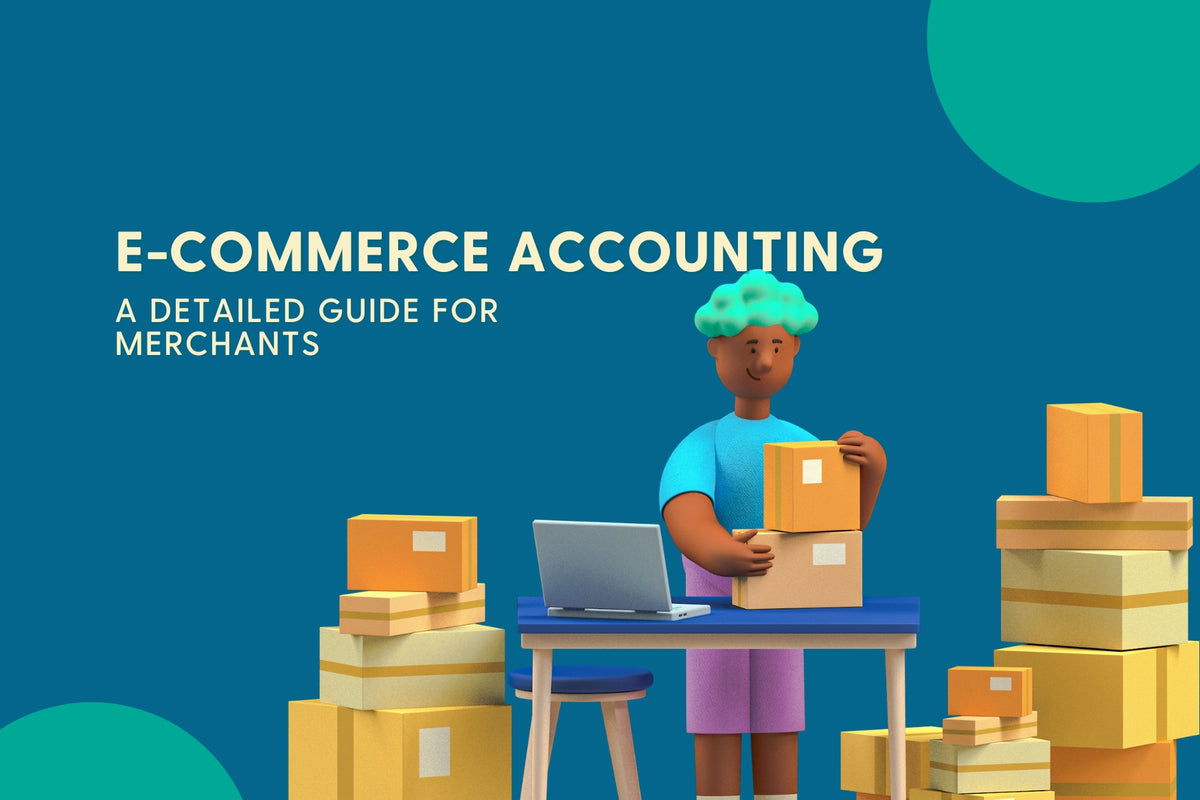The term "headless commerce" has gained significant popularity in recent years, generating excitement and confusion among merchants.
Traditional eCommerce platforms have long offered a one-size-fits-all solution, but the devil hides in the details. This approach has proven difficult to scale and modify. "Headless" architectural design decouples the presentation layer from the commerce layer, allowing for more flexibility and efficient website performance.
In this article, we aim to provide a "path" of guidance to you navigating in the "headless" environment, focusing on building better efficient eCommerce websites.
And, of course, with advice from eCommerce experts.
Understanding the basics: What is headless commerce?
Definition:
If you have yet to hear much about it, headless commerce refers to an eCommerce approach separating the front-end customer experience from the back-end commerce functionality.
What does that definition even mean?

Source: Hyunju Yu
By definition, it means that the presentation layer, which includes the visual elements, user interface, and content management system, is decoupled from the back end, which consists of the database, business logic, and transaction processing.
A headless commerce API acts as an intermediary to facilitate communication between the front and back end. This allows the back-end functionality of commerce sites to be decoupled from the consumer-facing front-end site.
Headless commerce vs. Traditional commerce vs. Disposal commerce
Regarding eCommerce solutions, there are three main types: traditional, composable, and headless commerce. Each has its own unique set of advantages and limitations.
- Traditional commerce solutions offer a one-size-fits-all platform that provides pre-built tools, making setting up an online store easy. However, this approach often requires more flexibility and customization options.
-
Headless commerce, however, allows for greater flexibility and customization by decoupling the front-end and back-end of an eCommerce site.
This means merchants can use the best back-end and front-end platforms to create a unique and tailored customer experience. - Lastly, composable commerce takes the flexibility of headless commerce a step further by allowing businesses to use different modules for best-of-breed performance with any platform component.
This approach provides even greater customization options, enabling enterprises to mix and match other modules to create a unique eCommerce experience.
Is headless commerce the future of eCommerce?
According to the State of Commerce report by Salesforce, 80% of businesses that still need headless architecture plan to implement it within the next two years. Headless commerce technology offers benefits beyond the tech team, such as faster marketing, customer service, and store operations.
Businesses should consider whether headless architecture can help address current and future customer issues before deciding if it is right for them.
Not just businesses, eCommerce platforms like Shopify are joining the race and leading the way in headless commerce by developing their front-end UI or acquiring existing ones.
For example, Shopify has created its own headless front-end platform, Hydrogen, and has recently enhanced it with the acquisition of Remix.
In our recent interview with Andrey Gadashevich, Founder and CEO of MakeBeCool - a leading Shopify agency and apps provider, he believes that "headless commerce could shape the future of e-commerce with its flexibility, adaptability, and omni-channel capabilities. It's a noteworthy trend to keep an eye on, as it can potentially revolutionize the industry".
However, Andrey also notes that "we shouldn't overlook the risks".
He explained: "Many small businesses still focus on a limited number of channels, simplifying their operations. Despite the benefits, some sellers may not embrace the headless approach.
For instance, 40% have yet to switch to Themes 2.0, and others prefer free WordPress or app-based solutions while dismissing traditional websites as outdated."
Let's join us with a quick discussion with Andrey on the importance of headless commerce trends in eCommerce these recent years!
What do you think about the headless commerce trend recently?
Andrey: “While headless commerce is being actively promoted as a new and fast-moving trend, the concept itself is not new. I recall the first wave of headless architecture around 2017, when it was challenging to build a suitable tech stack due to limited product options.
Consequently, only a few major players in the market could afford it. However, I expect the second wave to push small and medium businesses to prioritize user experience and delve into its analysis and construction. This will drive the demand for headless solutions."

How important is headless commerce for Shopify merchants, especially small businesses?
Andrey: “Headless commerce holds significant importance for Shopify sellers, particularly for small businesses. It offers exceptional business flexibility and adaptability while presenting opportunities for long-term gains."
Although Shopify will provide a headless platform, small businesses might require external development expertise to effectively implement this feature. It is advisable to seek assistance from an agency in order to navigate this aspect successfully.
Will they be able to benefit from headless commerce?
Andrey: “It is evident that the principles of headless commerce are now being consolidated into a readily available platform, which is particularly advantageous for smaller players.
These businesses can leverage the benefits of headless commerce with the appropriate strategy and a modest investment. By doing so, they can enjoy substantial advantages such as enhanced flexibility, adaptability, and heightened productivity.”
What do you think of Shopify headless commerce?
Andrey: “Headless commerce within the Shopify framework presents an array of opportunities for merchants. It empowers them to design and personalize user experiences by leveraging a flexible architecture and seamlessly integrating diverse components.
Nevertheless, achieving successful implementation entails the need for user experience expertise and additional investment.”
Experts' advice on headless commerce
From our talk, Andrey shared that from his team's expertise, it is crucial to prioritize the development of user experience proficiency within the organization.
"This step plays a vital role in ensuring the seamless implementation of headless commerce and optimizing its performance as a tool.
It is worth noting that the implementation of headless commerce may entail substantial costs, but with the right approach, it can yield a favorable return on investment", he explained.
Any things to pay attention to when applying headless commerce?
Andrey: "When implementing headless commerce, it is crucial to consider the following key aspects:
- Cultivating in-house expertise in user experience.
- Investing in external expertise and development, particularly for small businesses.
These recommendations can significantly contribute to the successful implementation of headless commerce. However, it is essential to also take into account the distinctive characteristics and specific requirements of your business when making informed decisions."
Is headless commerce for everyone?
While headless commerce offers significant advantages, there may be better fits for some businesses.
One primary consideration is the cost. Staying on the cutting edge of technology can be expensive, and merchants must have the appetite and resources to invest in this approach.
The costs can be 30% or more compared to a standard eCommerce implementation for the initial build and ongoing maintenance.
Another factor to consider is the expertise needed to manage a headless architecture.
Since headless is a newer and more advanced architecture, merchants must have in-house talent capable of handling the technical hard work. This is especially true for the headless front-end UI, which is typically built with modern technologies.
Your business must gain expertise to build and maintain a successful headless commerce solution.
Should you go for headless commerce?
There is no exact answer to this question, only considerations and contexts.
The first question is: does your business require a change of infrastructure? Headless commerce applications should fulfill your store's scaling need, not just catch up with a trending technology trend.
Generally, small businesses are only suitable for headless commerce if you have a specific business case that requires it.
To ensure that your small business is future-proof (of infrastructure cost), consider a SaaS-based eCommerce platform like Shopify and BigCommerce. These platforms can offer mature APIs that can be used in a headless manner while also providing a cost-effective non-headless templating engine.
Ending words
Merchants are turning to headless commerce architecture to provide customers with a customized and seamless omnichannel experience. This approach allows for content-rich purchasing journeys that can be tailored to individual customer needs.
However, don't let the fear of missing out creep into your mind and hastily jump on the "headless" trend trail without careful consideration.



